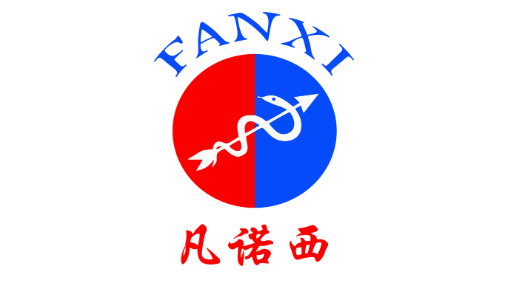On May 24, Clarivate Analytics released the 2017 annual new drug report. The report provides an in-depth analysis of 113 new drugs approved to be launched or having been launched globally in 2017. A total of 52 new drugs were launched in the world during the year, seven of which were first-in-class drugs, that is, new drugs under the first-in-class were approved to be launched or have been launched.
In addition, 36 expanded approvals -- that is, approvals for new indications, combinations and formulations of drugs already on the market -- were notable last year. In addition, five of the new drugs first approved last year did not hit the market before December 31, 2017, according to the report.
The annual drug report consisting of two parts is a comprehensive annual review. It is a comprehensive compilation of Clarivate Analytics' Cortellis, Integrity and database, and drug news and company press releases.
Remarkable developments in 2017 included the launch of the first CAR-T cancer treatment (illustrated in Figure 1), as well as the approval in the United States of the first digital pill and the first gene therapy to treat genetic diseases caused by specific genetic mutations.

Picture 1: CAR-T therapy for recurrent/refractory B cell acute lymphoblastic leukemia
Tisagenlecleucel and Axicabtagene ciloleucel are two gene therapies consisting of autologous T lymphocytes that are adapted to lentivirus vector transduction with replication defects. The drugs aim to treat children and adolescents with relapsed or refractory (R/R) b-cell precursor acute lymphoblastic leukemia (ALL) and patients with R/R diffuse large b-cell lymphocyte who are not suitable for autologous stem cell transplantation (ASCT). The two drugs are made up of genetically modified antigen autogenous T cells, which are reprogrammed to target cells expressing CD19, which is expressed on B cells and tumor cells derived from B cells. Chimeric antigen receptor (CAR), including an extracellular segment with anti-CD19 single chain fragment of variation (SCFV) section and an intracellular segment with T cells (CD3 - Ζ) and co-stimulus domain (4-1BB). These intracellular domains are essential for the activity of each drug, including T cell induction and persistence, as well as their anti-tumor effects, including cytotoxicity, degranulatio, and granulase-mediated tumor lysis.
Seven new first-in-class drugs include CAR-T, tryptophan hydroxylase 1 (TPH1) inhibitor Telotristat ethyl, anti-IL-4 receptor alpha antibody dupilumab and purine nucleoside phosphorylase (PNP) inhibitor Forodesine.
In terms of new molecular entities and biological drugs launched on the market, tumor was the treatment field with the most approved drugs in 2017, with a total of 17 new products approved, which is the most in the last decade (Table 1). Orphan drugs continue to be the focus of new drug R&D. Last year, 31 new drugs came on the market with orphan designation, some of which received the designation for more than one indication.

Table 1: New drugs launched from 2007 to 2017, categorized by therapeutic field
Excluding expanded approval sources: according to Clarivate Analytics' Cortellis, Integrity, and drug news, and company reports, in 2017, the United States continued to be the market where most new drugs were launched. 35 of the 52 new drugs across the world were launched in the United States (67%). The number of new drugs launched in other countries and regions lagged far behind that in the United States: eight new drugs in the European Union, three in Japan, and only one in Canada, South Korea, Russia, Argentina, Taiwan (China) and India.
Part I of the annual report looks at advances in drug development in a variety of therapeutic areas, from analgesics and anesthetics to drugs for eye diseases to ant-cancer drugs. This part, written by Clarivate Analytics' Ann Graul, Patricia Pina and Mark Stringer, contains six pictures illustrating the mechanisms of drugs.
Part II of the report provides some insight into the major news and trends of the past year, including the growing opioid crisis affecting developed countries such as the United States, as well as the 2017-2018 influenza pandemic, and focuses on the need for universal influenza vaccines.
As the same in previous years, the report also reviews orphan drug development, initiatives supported by new institutions such as PRIMW and RMAT, R&D losses, drug pricing and mergers among pharmaceutical companies. At the last part, the report predicts new drugs likely to be approved in 2018. Part II is written by a. Graul, P. Pina, Cola Dulsat, Michelle Tracy, and Paul D 'Souza.



Park WeiChart